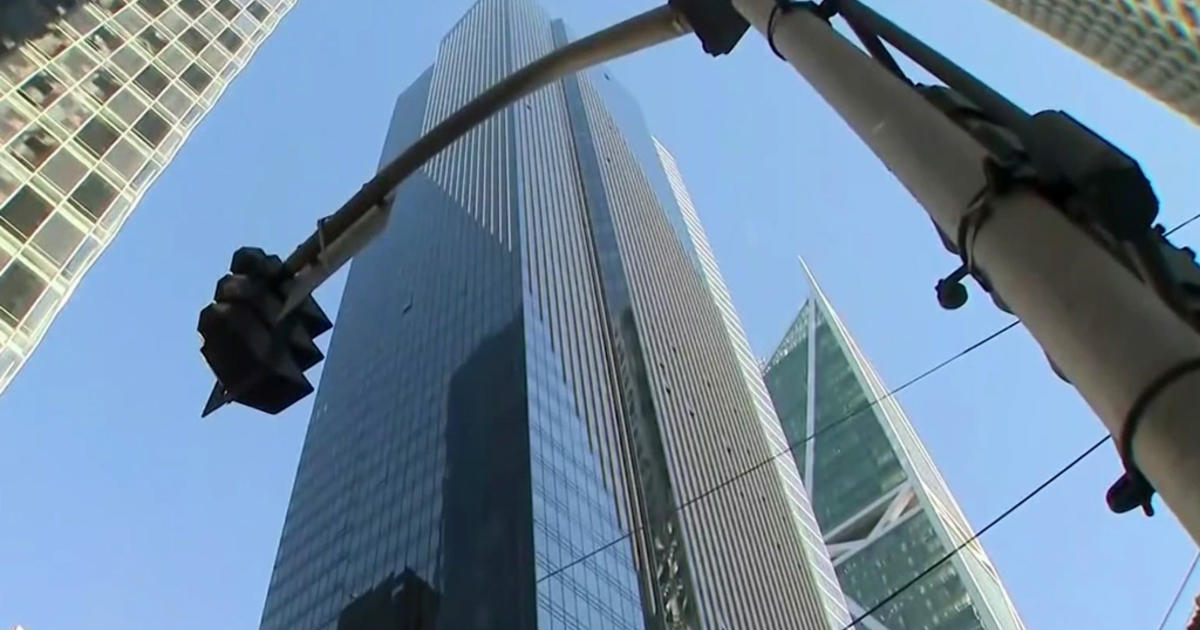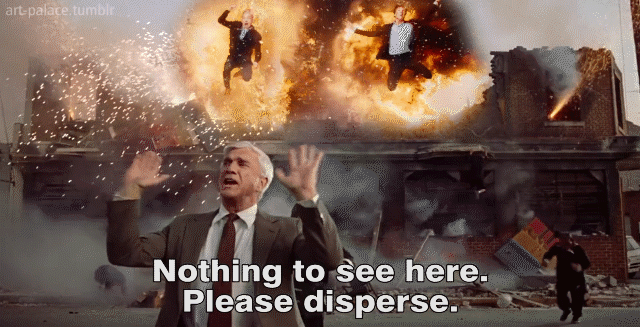- Joined
- Jun 28, 2010
- Messages
- 50,169
- Name
- Burger man
This is an interesting story if you are into this sort of thing…
San Francisco’s Millennium Tower has been sinking, and last year moved 3” on one side. Since it’s construction, the tower has leaned a total of 24 inches to the west and 7.9 inches to the north. It has settled around 18 inches deep into the ground.
This tower opened in 2009. Swanky and expensive apartments.
Its a fascinating story of choices made in the design process. These two videos are well done. Tells the whole story to this point. It is not done.
It is quite the mess as they decide how to fix it. Recent attempts made it worse.
Anyway if you are a geek for stuff like this, these videos are good.
View: https://youtu.be/OOWn-HMd5Co
View: https://youtu.be/gIxhpP7hQu4
More articles;

 www.cnn.com
www.cnn.com

 sanfrancisco.cbslocal.com
sanfrancisco.cbslocal.com
San Francisco’s Millennium Tower has been sinking, and last year moved 3” on one side. Since it’s construction, the tower has leaned a total of 24 inches to the west and 7.9 inches to the north. It has settled around 18 inches deep into the ground.
This tower opened in 2009. Swanky and expensive apartments.
Its a fascinating story of choices made in the design process. These two videos are well done. Tells the whole story to this point. It is not done.
It is quite the mess as they decide how to fix it. Recent attempts made it worse.
Anyway if you are a geek for stuff like this, these videos are good.
View: https://youtu.be/OOWn-HMd5Co
View: https://youtu.be/gIxhpP7hQu4
More articles;

San Francisco's 'leaning' skyscraper tilted at a rate of up to 3 inches last year
A $100-million effort to stabilize the occupied high-rise is underway, but the leaning may worsen before work completes later this year.
 www.cnn.com
www.cnn.com

UPDATE: San Francisco Supervisor Aaron Peskin Questions New Fix for Millennium Tower
The latest plan to fix San Francisco's sinking and tilting Millennium Tower was the focal point once again of a city-run hearing on Thursday.


